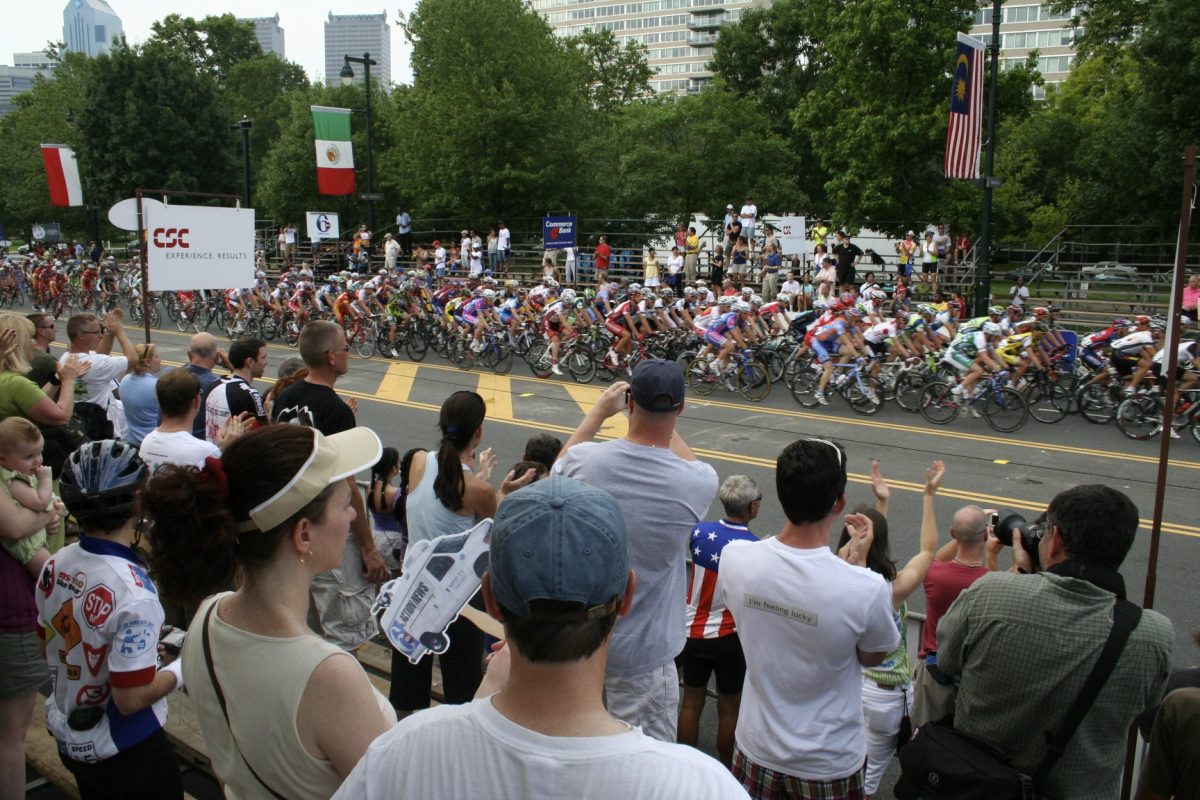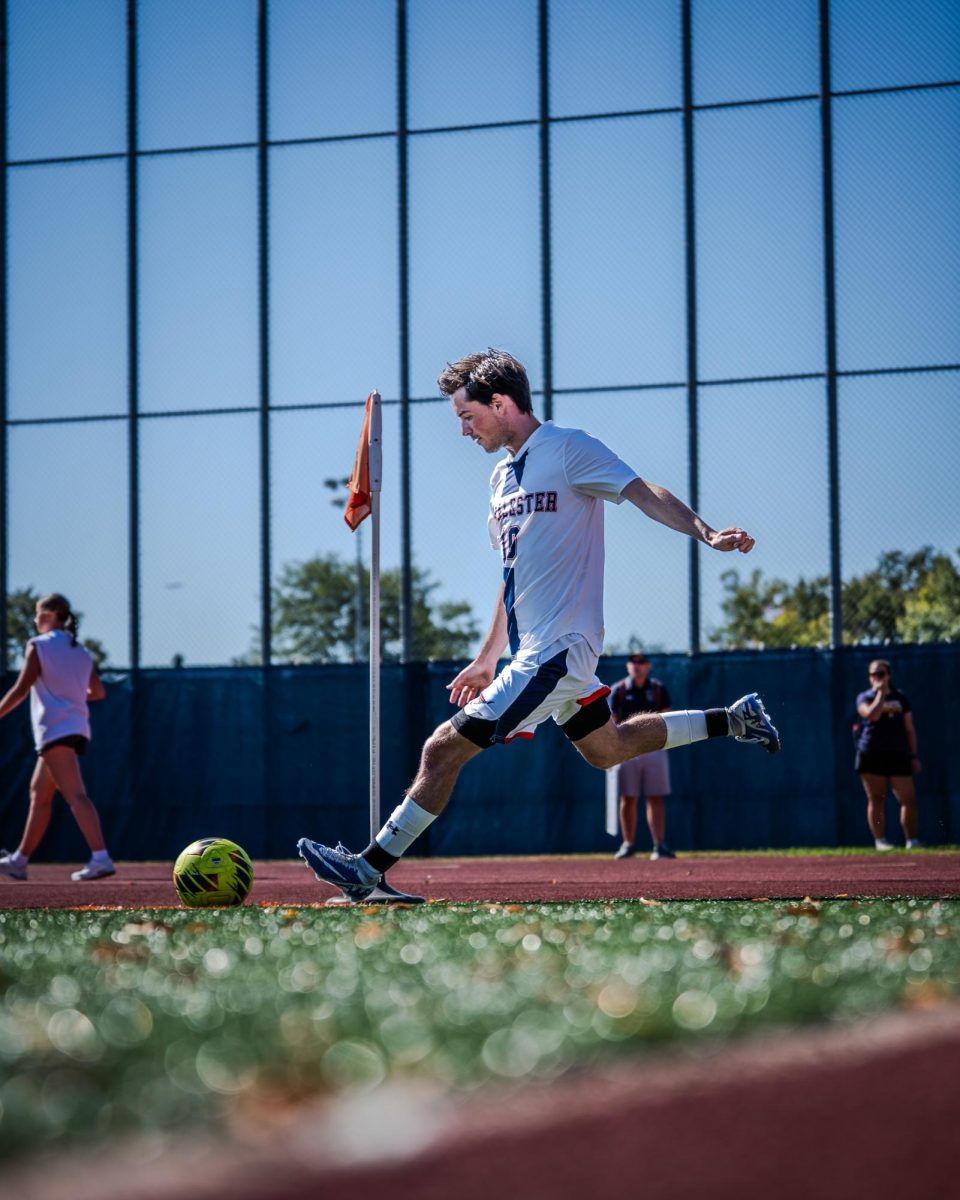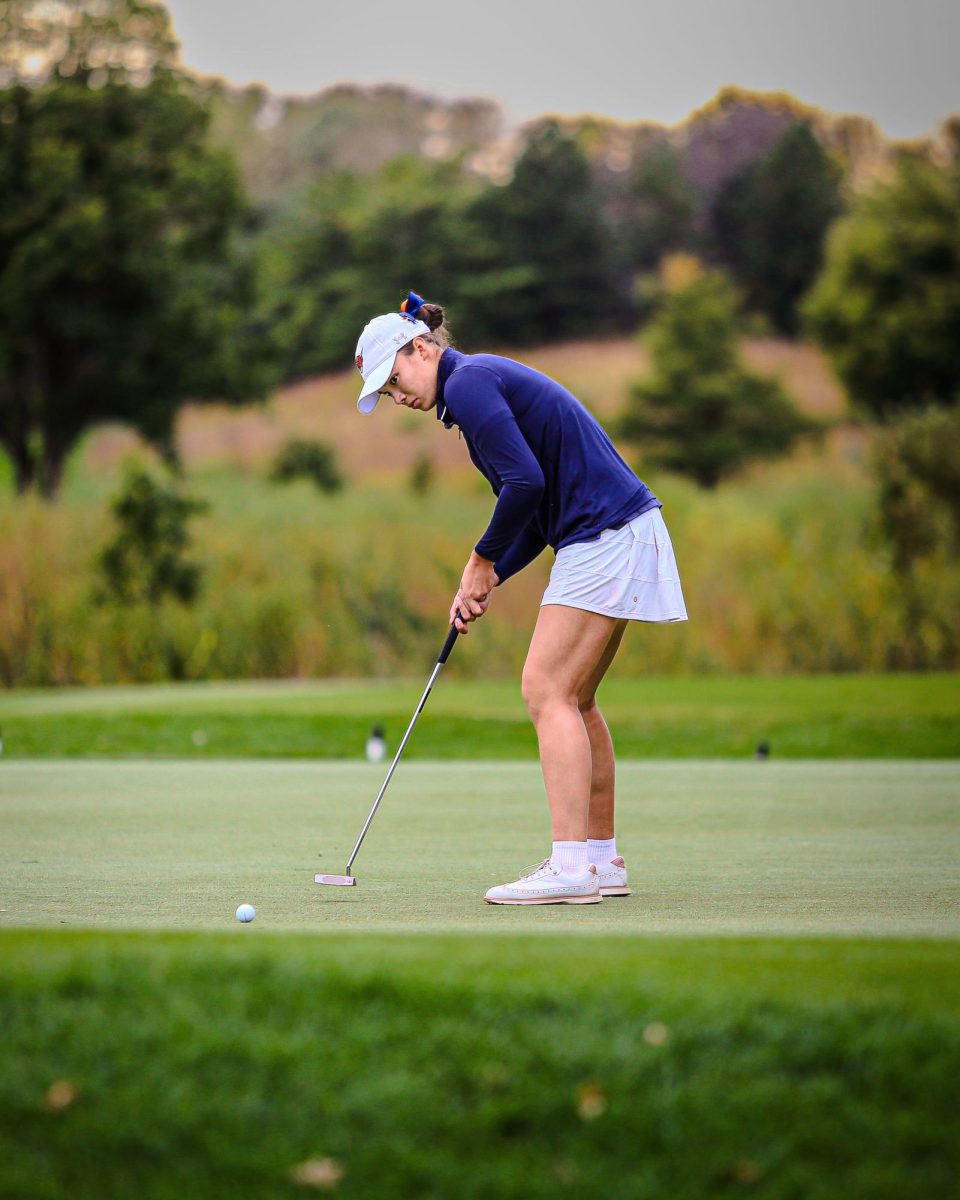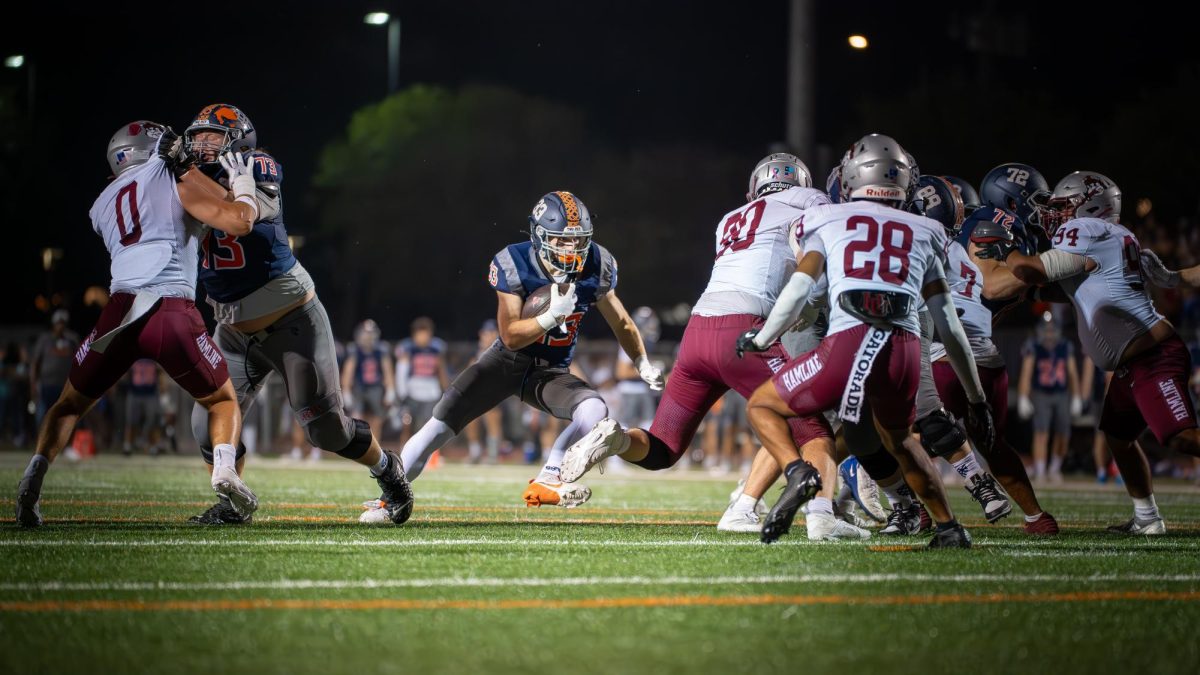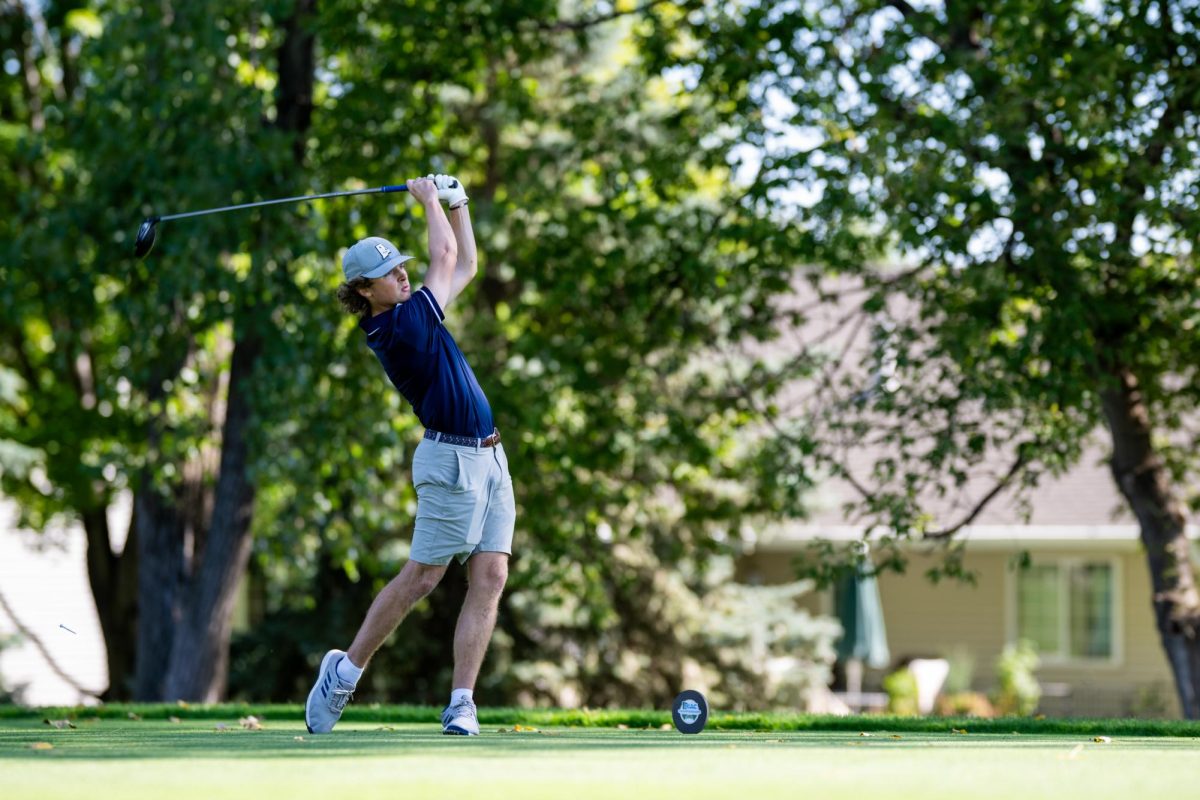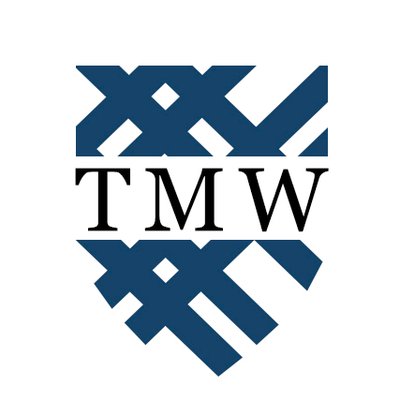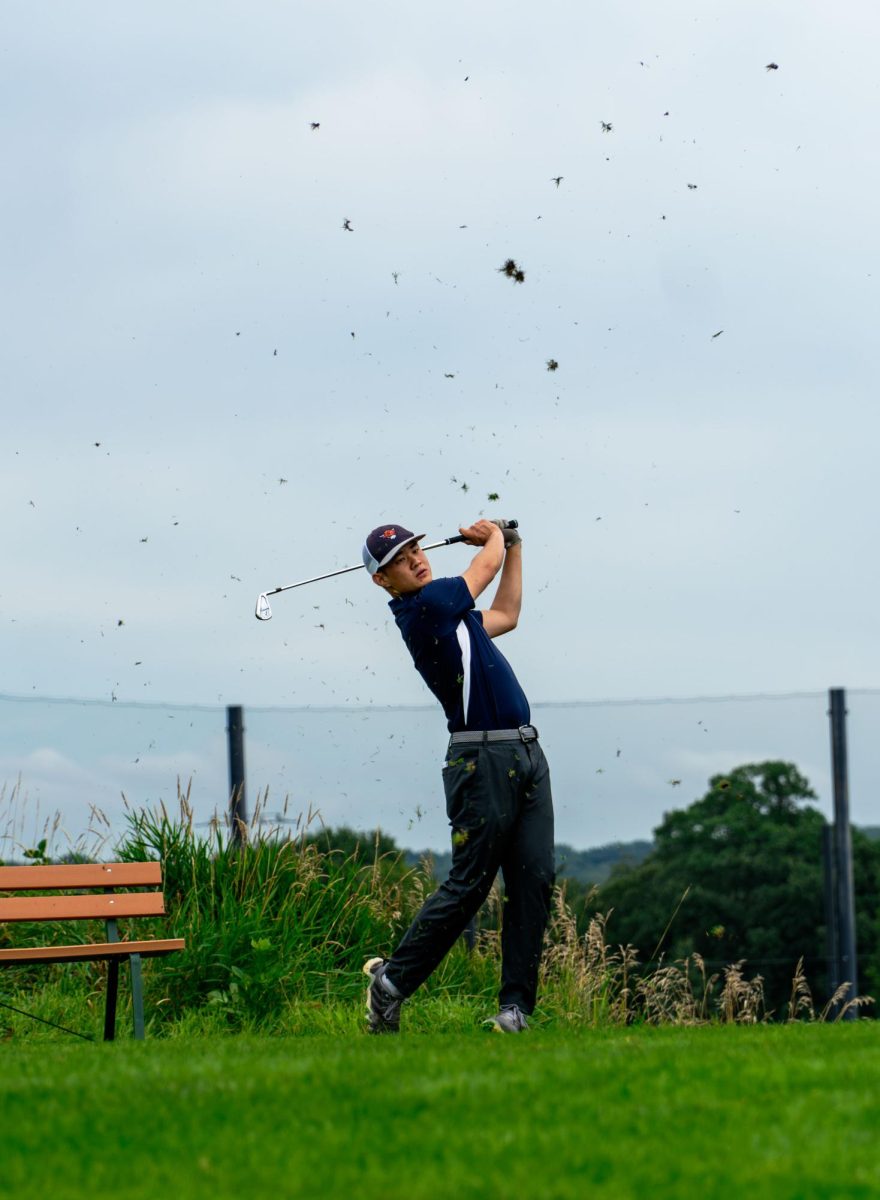This is the second article of a two-part series on American cycling’s past, present and future.
A new generation of young American riders have begun to make waves over the last few years. Sepp Kuss, of Team Visma- Lease a Bike, won the 2023 La Vuelta a España, one of the three annual ‘Grand Tours’ alongside the Tour de France and Giro d’Italia. He is the only rider since 2019 to win a Grand Tour over one of the ‘Big Four’ general classification (GC) riders (namely Tadej Pogačar, Jonas Vingegaard, Remco Evenepoel, and Primoz Roglic). General consensus suggests that they are each other’s only competition — a judgement defied by Kuss’ success.
Others, such as Brandon McNulty of UAE Team Emirates, Magnus Sheffield of Ineos Grenadiers, Neilson Powless of EF Education-Easy Post, and the former Under-23 World Champion Quinn Simmons of Lidl-Trek, have all either taken significant victories in recent years or are established top riders for top World Tour teams. American cycling had been on the rise compared to six or seven years ago, but these victories were few and far between. It seemed a slow climb to reclaim long-term international prestige. That was, at least, until last year.
During Stage 16 of the 2022 Tour de France, a relatively unknown American riding for the Spanish team, Movistar, crashed hard on the final mountain descent while chasing a maiden victory. His name is Matteo “Potato” Jorgenson, a 22-year-old from Walnut Creek, Calif. Jorgenson was never as highly rated in the junior ranks as the likes of Powless, Simmons or Sheffield, and at 6 foot 3 inches and 150 pounds, he was seen as too big to be a successful GC rider.
Riders who compete for victory in multi-day stage races, whether that be one-weekers like Paris Nice or three week Grand Tours, need to be able to climb the fastest in the mountains, where the biggest time gaps are made. Small, light riders like Sepp Kuss are usually seen to have the ideal body type for this role. That was certainly not Jorgenson. Despite his fall, this performance put his name on the map and he kept his momentum in the Spring Classics the following year.
In the cycling calendar, the classics refer to the most prestigious one-day races scattered throughout the spring and autumn of each year, on either side of the Grand Tour-focused summer. These long and treacherous events race across the often cobbled or dirt roads of Northern France, the Low Countries, Spain and Italy. They tend to stay clear of the mountains and instead have flatter terrains with short and steep hills which require quick, powerful efforts rather than the long, attritional rides in the high mountains. This type of race suits heavier riders like Jorgenson who are able pump out huge watts. Most impressively, he managed a top 10 result in the Tour of Flanders, the most important classic of the spring season.
These performances were enough to convince Visma-Lease a Bike, Kuss’s team, to sign Jorgenson for the 2024 season. Expectations were low during his first season at Visma, but due to strong performances in service to his teammate and classics specialist Wout Van Aert, he was assigned leadership at the first major one-week race of the year, Paris-Nice.
Next up was Paris-Nice, a difficult one-week race where the winner usually competes for a high placing at the Tour later in the year. Jorgenson had never finished higher than eighth there, or competed for the victory in any major stage-race, and he was not expected to even compete for the podium. But after a few early setbacks, he shocked the cycling world to take home the GC victory on the final stage, ahead of the likes of Evenepoel, Roglic and other established names. A few weeks later, after Van Aert crashed out, Jorgenson assumed team leadership at the prestigious Belgian classic, Dwars door Vlaanderen, and once again shocked everyone to step up and take another victory.
Most riders cannot excel at both classics and stage races. These two victories in quick succession defied expectations — not just for him, but for cycling itself.
Later in the year, with Kuss injured, Jorgenson arrived at the Tour de France as the team’s new super-domestique for Vingegaard.
He quickly silenced any questions over his ability in the high mountains with an impressive eighth place finish in the GC, even while sacrificing his own chances of a higher finish in order to support his leader. This was the highest placed finish for an American at the Tour in a decade.
Fast forward to 2025. Not only has Jorgenson continued to perform, but the other Americans have joined him. An incredible two-week period at the end of March sums up this sudden transition of American cycling. On March 16, Magnus Sheffield won the final stage of Paris-Nice, his first professional victory, with Jorgenson coming home second on the day and first in the GC to secure the overall victory of the race once again.
The following week, Luke Lamperti of Soudal-Quickstep finished in the top three of two one-day classics, while Quinn Simmons took his first career victory on Stage 8 of the Tour of Catalonia. The cherry on top, however, was not only Dwars door Vlaanderen once again going to an American, but this time it was Neilson Powless, who did it by completing three-on-one in the final kilometers against Jorgenson and two of his Visma teammates.
This July, Jorgenson will once again ride the Tour de France in support of Jonas Vingegaard. However, with Vingegaard’s form faltering so far this season and doubts over his fitness levels circling the media, this could be the year where Jorgenson takes the final step. It’s setting up to be the most exciting Tour for Americans in recent memory.

